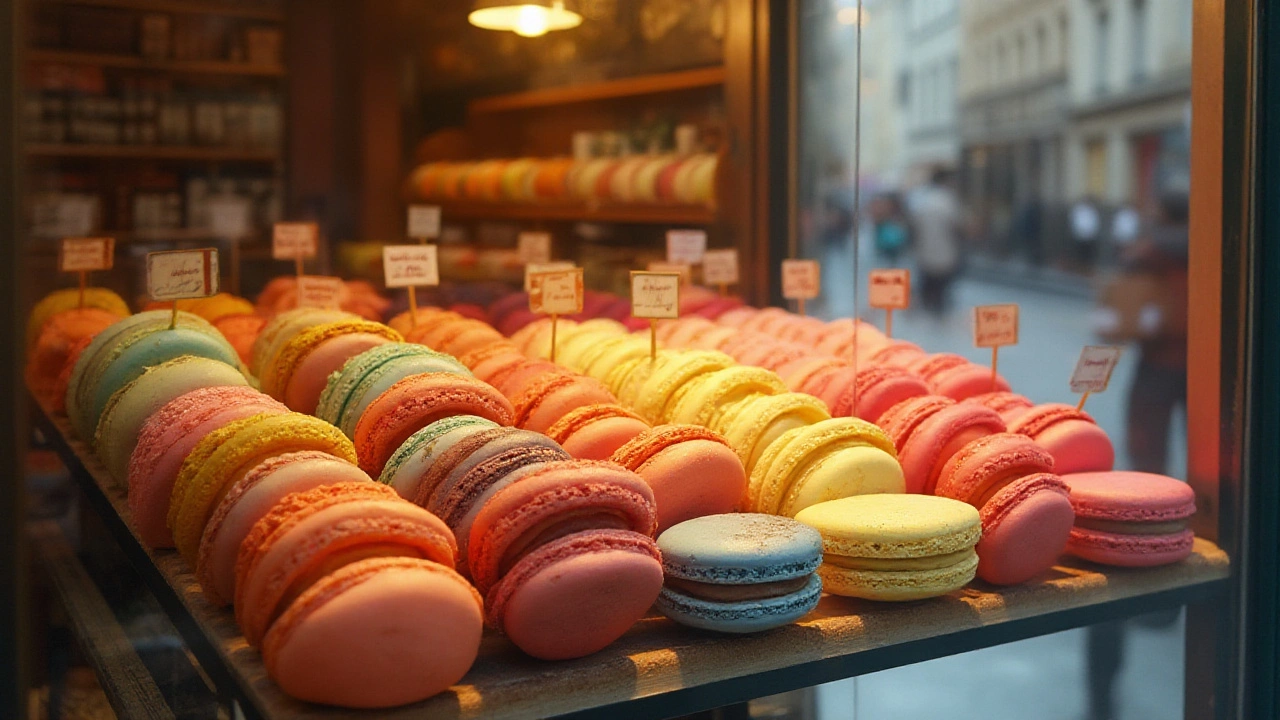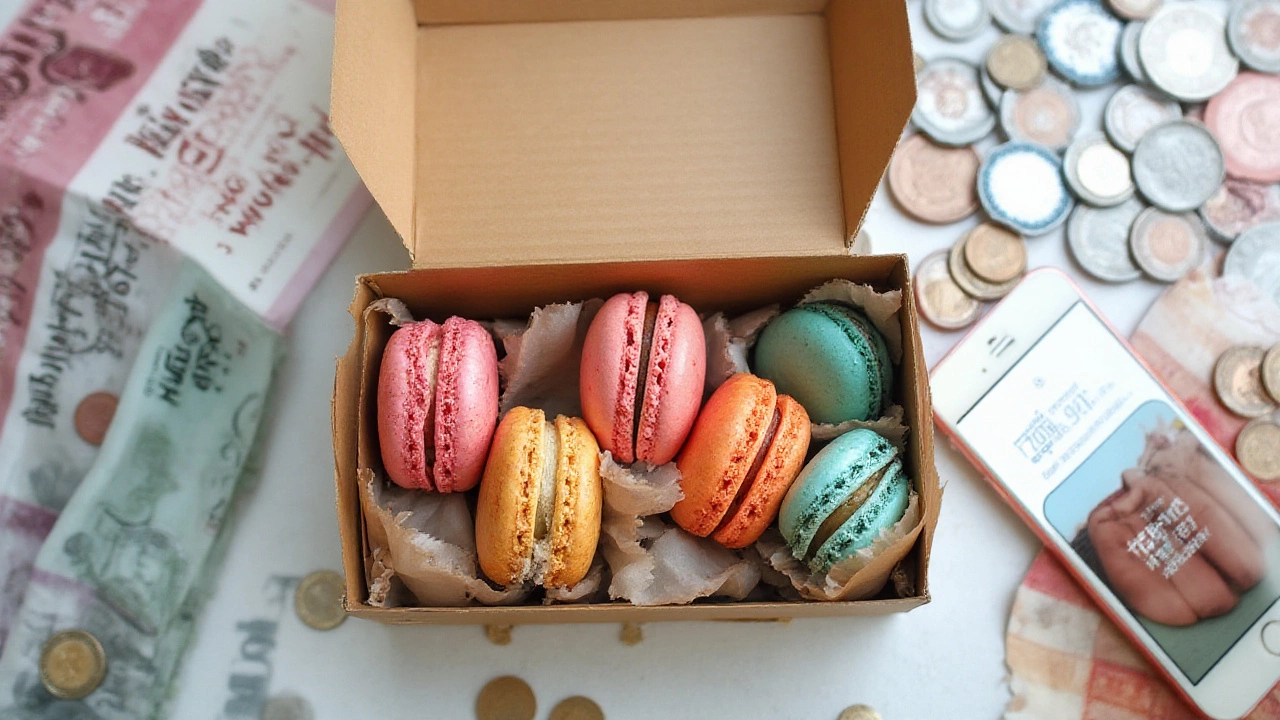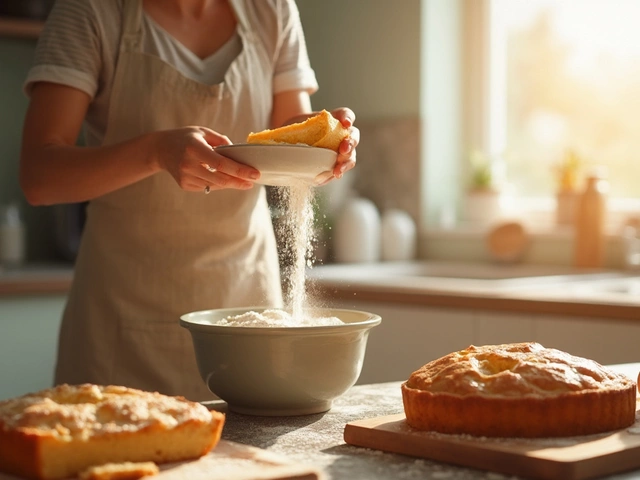
If you stroll down any Parisian street, you can’t escape the rainbow colors of macarons staring at you from boutique shop windows. People line up for these dainty treats, taking selfies with stacked towers of them, as if finding a box in France is like snagging a secret treasure. But are macarons in France only for deep-pocketed tourists, or can locals swing by for a quick sugar fix without breaking the bank? The truth is, the price of a macaron isn’t as straightforward as you might hope. From fancy pâtisseries to busy train stations, the price tag twists and turns along with the culture itself—sometimes shockingly high, sometimes surprisingly fair.
What Determines the Price of a Macaron in France?
Let’s settle the question right away: How much should you really expect to pay for a macaron in France? If you just landed at Charles de Gaulle, tossed your bags onto a hotel bed, and dashed to the nearest pastry counter, you’d likely pay somewhere between €1.50 and €2.50 for one classic, palm-sized macaron from a basic bakery. If you head to the world-famous patisseries—think Pierre Hermé or Ladurée—prepare to spend closer to €2.50 to €3.50, possibly more for limited-edition or oversized creations. Luxury hotels sometimes ask €5 or €6 for a single macaron, especially if the filling features truffle, gold leaf, or rare fruits. On the opposite end, supermarkets and chain bakeries sometimes offer boxed macarons at €8 for a pack of six, making the price drop to just a bit over €1 each.
So why does the price leap up and down across France? First, location shapes the price more than you might realize. Macarons in a small-town bakery in the Brittany region could be half as much as those in Paris’s chic arrondissements. Shops near tourist hotspots almost always charge a premium, banking on travelers willing to pay for the Instagram clout of an iconic pastel box. Ingredient quality is another game-changer. Traditional French macarons demand premium almond flour, fresh egg whites (no shortcuts with powdered substitutes), and hand-made fillings like ganache, fruit compote, or buttercream. Distinct flavor combos—like passion fruit yuzu or violet-cassis—each mean extra cost for rare or imported ingredients. Then there’s presentation: unique packaging, hand-painted shells, or gift boxes can double the base price. Finally, serving size can deceive; while a “standard” macaron is about 4-5cm wide, mini versions cost less but might look tempting lined up in bulk trays.
Macaron pricing also changes by season. Holiday displays drive up demand, and boutiques often roll out limited flavors for Valentine’s Day, Easter, or Christmas, tacking on a euro or two for festive shapes, extra glitter, or collectible tins. Local events or food festivals sometimes spur retailers to sell variety packs at a discount, luring families and gift shoppers. Meanwhile, hidden among all these trends is the simple fact that handcrafting macarons takes skill, time, and a degree of patience only true pastry chefs can boast. That labor impacts costs just as much as packaging or location.

Where to Find the Best Value Macarons in France
It’s tempting to aim straight for Ladurée when someone mentions macarons in Paris, but are you really getting the most delicious bang for your buck there? For first-timers, yes—the experience, the shiny box, the polite staff in pastel uniforms, it’s a ritual. But if you follow the local crowd, you’ll notice they slip into smaller, family-owned bakeries (boulangeries-pâtisseries) or even local farmer’s markets for their sweet fix. Neighborhood spots often bake early and sell out by mid-afternoon, with lower prices than the gleaming touristy counters. In southern France, small towns like Aix-en-Provence—where the traditional calisson reigns but macarons still hold court—offer rustic, chewy versions at bargain rates compared to city prices.
Paris, being France’s macaron epicenter, boasts more than a hundred places to sample. Besides Ladurée and Pierre Hermé, newer spots like Sadaharu Aoki and Carette push flavor boundaries and sometimes undercut big names on price. If you’re on a budget, check out G20 or Monoprix supermarket chains, especially their refrigerated desserts section. They usually stock trays of macarons in classic flavors like pistachio, chocolate, and raspberry at a fraction of boutique rates—though purists will always insist the flavors can’t compare. Train station bakeries like Paul or Brioche Dorée sometimes churn out mass-produced macarons for commuters, starting just above €1 each—convenient, but often heavier on the sugar to stretch shelf life.
Looking for a local experience? Keep an eye out for tiny independent bakeries with no English menus—these often have no-frills but exceptionally fresh macarons. Ask the staff which flavor is the most popular or freshly made; you might score a warm batch at unexpected hours. Travelling during a local food festival ups your odds of discounts too—sometimes macaron makers collaborate on special platters with unique flavors you won’t find at chain shops. And if you’re visiting university districts, some student-run cafés or associations bake macarons as part of fundraising efforts, which can lead to novel, affordable options (plus a story to go with your snack).
If you absolutely crave the Parisian luxury vibe but can’t stomach the prices, some patisseries start selling “day-olds” or not-quite-perfect macarons to regulars at half price towards evening closing. Watch carefully—these usually aren’t advertised in English, so a polite inquiry in French (“Avez-vous des macarons d’hier ?”) does wonders. Weekdays often yield better deals than weekends. And sometimes, buying a box or assortment shaves a euro or two per piece off compared to ordering à la carte—the bigger the box, the better the unit price.

Tips for Macaron Lovers: What You Need to Know Before Buying
Macarons might look delicate, but a little knowledge keeps both your wallet and tastebuds happy. First, understand the turnover rate. A reputable shop will have a steady stream of customers; too few buyers often means the macarons linger too long, drying out and losing their signature chewy bite. Freshness is everything for a true macaron—ideally, eat within 2-3 days of purchase. High-end boutiques turn over stock daily, but smaller shops may not. If you spot condensation inside a display case or cracked, faded colors, think twice before buying.
Allergens are a real thing to watch for. Classic French macarons use almond flour, so anyone with nut allergies needs to read the fine print closely. Some modern shops experiment with other nuts or seeds—hazelnut, pistachio, even pumpkin seed—but always ask, especially if you’re buying for others. Colorful shells don’t always reveal what’s inside, and not all fillings are labeled in English. Kids love bright macarons, but some of that brilliant color comes from food dyes that might not fit in with everyone’s dietary restrictions.
If you’re on a tighter budget but refuse to compromise on the French experience, avoid souvenir-happy locations—think shops right by the Eiffel Tower, Versailles, or touristy parts of Montmartre. Head a few streets away for nearly identical quality at half the price. Look for “artisan” or “fait maison” (homemade) designations in signs: these indicate a proper pastry chef in the kitchen, not boxes shipped in from a distant plant. Don’t be shy to ask the staff for recommendations; French sellers usually love explaining which flavor is the in-season standout, and sometimes they’ll offer you a tiny free sample if you show genuine interest. Smaller shops may also throw in a bonus or two if you’re friendly.
Consider the transportation factor if you’re buying macarons as a gift. These sweets are incredibly fragile; they crack from bumpy metro rides and smoosh in overpacked suitcases. If you need to take them home, opt for the firmest packaging possible. Ladurée, Pierre Hermé, and other well-known spots sell special travel tins, which tack €5-€10 onto your purchase but save you from the heartbreak of a bag of macaron dust. Pro tip: if you’re taking the train, buy a box right before departure and keep it upright between your knees, not tossed in a backpack.
While classic flavors like chocolate, salted caramel, and vanilla remain crowd pleasers, don’t be afraid to try more experimental options—things like matcha, black sesame, olive oil, or even wasabi pop up in urban bakeries. Seasonal ingredients, especially in summer and autumn, can yield wildcard flavors you won’t see elsewhere. France’s best macaron spots thrive on rotating menus—if you see “édition limitée” (limited edition) in the window, give it a shot, as you may never find it again. Speaking of rarity, some regions in France have their own spin on the macaron—like Amiens with its crispy-outside, almond-paste-centered version, or Saint-Emilion’s rustic, crackled variety, both worth the detour if you’re exploring beyond Paris.
Paying for macarons has also gotten easier, with most bakeries now accepting cards, though rural or market stalls sometimes remain cash-only. If you’re shopping in bulk—maybe to bring home as gifts—Ladurée and Pierre Hermé both offer tax refunds for non-EU residents if your total purchase exceeds €100, so keep your receipts and passport handy just in case.
And for anyone eager to recreate the magic at home, keep in mind that baking macarons yourself isn’t cheap either. By the time you tally up almond meal, fresh eggs, quality chocolate, and all those little extras, a batch of twenty macarons can easily cost €15–€25 in ingredients alone, and that’s before counting the inevitable flops from less-than-perfect home ovens. Sometimes a splurge at a real French bakery just makes more sense.
People describe eating their first macaron in France like a moment out of a movie—crisp shell, melt-in-your-mouth interior, flavors that somehow taste both classic and surprising. Whether you pay €1.50 at a corner bakery or splurge €5 on a high-fashion creation, you’re biting into a piece of edible history. Next time you spot a pastry case glowing with color, you’ll know exactly how much to spend and how to get the most magic for your euros.
And yes, your Instagram will thank you.





